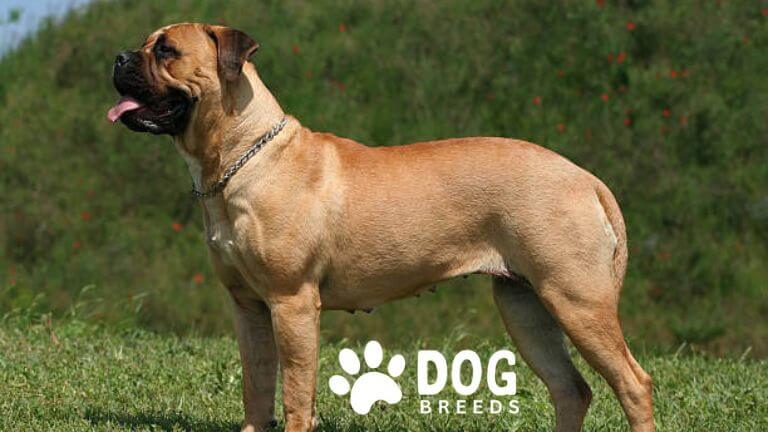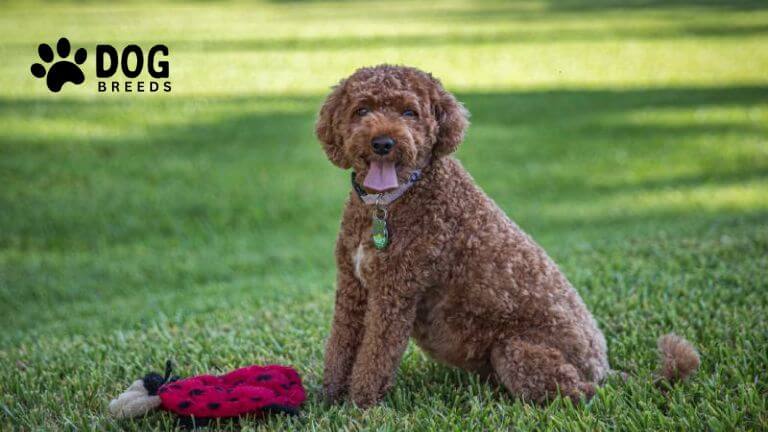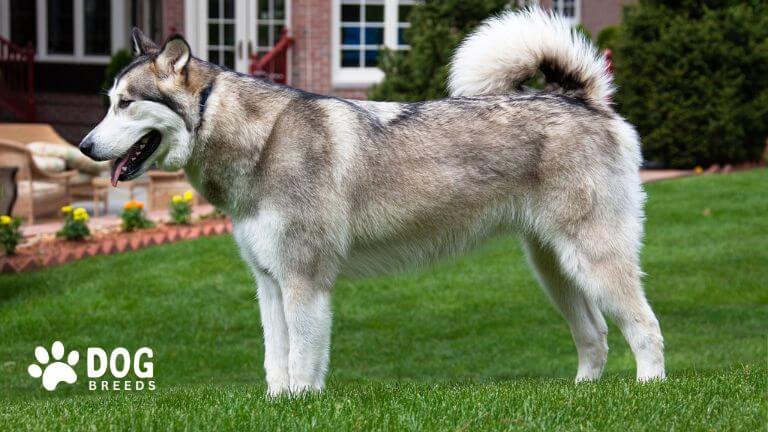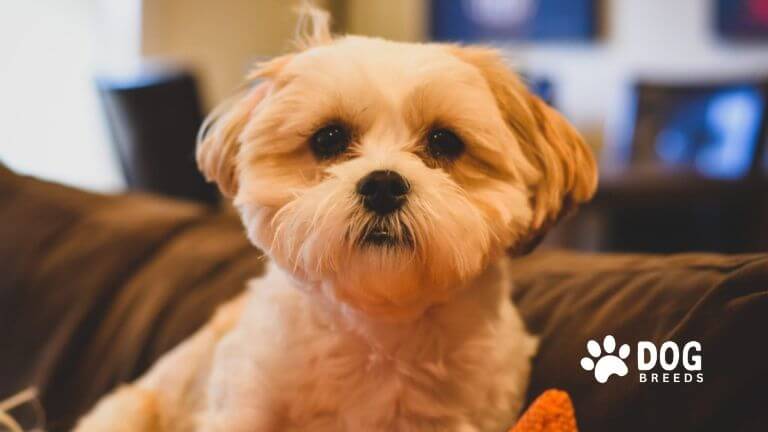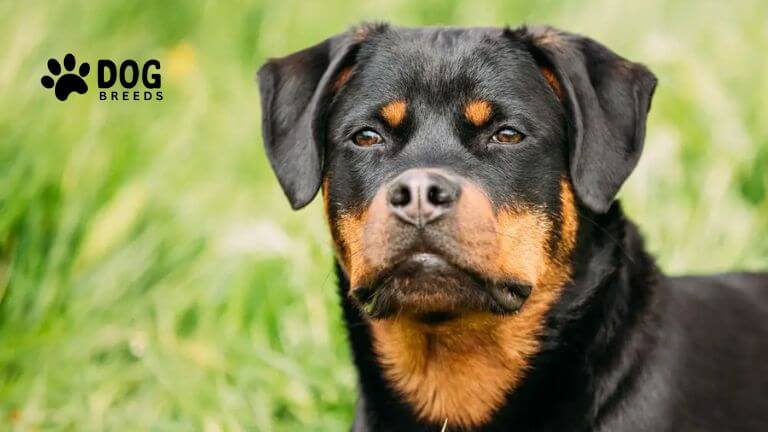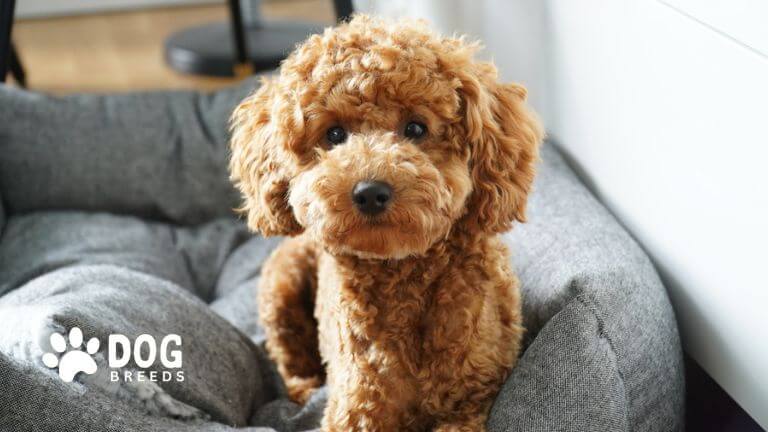Mastiff Dog Breed: Traits, Care, and History
The Mastiff is a majestic and powerful breed known for its ancient lineage and loyal nature. With a towering frame and a protective instinct, the Mastiff has been a steadfast guardian for centuries. From ancient war dogs to modern-day family companions, the Mastiff holds a prominent place in dog breed history. This guide explores everything you need to know about this gentle giant.
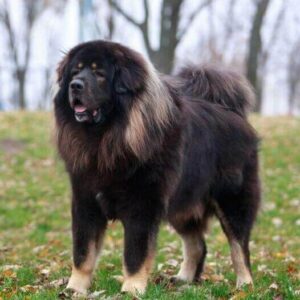
Breed History and Origin
The Mastiff’s history spans over 2,000 years, tracing back to ancient civilizations such as Babylon, Egypt, and Rome. These dogs were often depicted in art and writings as fierce guardians and war dogs. Romans used Mastiffs in arenas for battles against wild animals and gladiators. Over centuries, they evolved into dependable hunting companions and home protectors, eventually becoming the affectionate and loyal family dogs we know today
Mastiff Dog Breed Overview
| Characteristic | Details |
| Origin | England |
| Group | Working |
| Size | Giant |
| Height | Males: 30 inches (76 cm) and up, Females: 27.5 inches (70 cm) and up |
| Weight | Males: 160-230 lbs (72-104 kg), Females: 120-170 lbs (54-77 kg) |
| Lifespan | 6-10 years |
| Coat Type | Short, straight, and dense |
| Coat Colors | Fawn, apricot, brindle (with black mask) |
| Temperament | Gentle, protective, dignified, loyal, and calm |
| Energy Level | Moderate |
| Exercise Needs | Daily walks and moderate activity; not overly energetic |
| Grooming Needs | Low-maintenance; weekly brushing and occasional bathing |
| Trainability | Intelligent but can be stubborn; requires consistent, positive training |
| Good with Children | Yes, known for their patience and protective nature |
| Good with Pets | Generally good, especially if raised together |
| Health Concerns | Hip dysplasia, bloat, heart conditions, obesity, and joint issues |
| Best Suited For | Families or individuals with space to accommodate their size; experienced dog owners preferred |
| Special Considerations | Large size requires early training, socialization, and proper nutrition to avoid joint issues |
Physical Characteristics
- Size: Mastiffs are among the largest dog breeds. Males typically stand 30–31 inches tall at the shoulder and weigh 175–200 pounds. Females are slightly smaller, averaging 28–30 inches tall and weighing 120–170 pounds.
- Coat: They have a short, dense coat that comes in colors like fawn, brindle, and apricot.
- Features: Broad heads, droopy jowls, and facial wrinkles give Mastiffs their iconic look. Their imposing presence is balanced by gentle eyes and a dignified posture.
Personality and Temperament
Mastiffs are gentle, affectionate, and protective. Despite their size, they are calm and patient, making them excellent companions for families with older children. Their natural guarding instincts may make them wary of strangers, but proper socialization can temper these tendencies. They bark infrequently, choosing to intimidate intruders with their size instead.
Living Needs and Care Requirements
- Exercise Needs: Mastiffs have moderate energy levels. A daily walk of 30 minutes and light playtime is sufficient to keep them healthy. Over-exercising can stress their joints.
- Diet: A high-quality, large-breed-specific diet is essential. Mastiffs require nutrient-dense food to support their massive frame and prevent obesity.
- Training: Early socialization and training are crucial. Mastiffs respond well to positive reinforcement techniques. Consistency and patience are key.
- Grooming: They require minimal grooming. Weekly brushing and cleaning of their facial folds prevent infections.
Health Concerns
Mastiffs are prone to specific health issues due to their size:
- Common Issues: Hip dysplasia, heart conditions, bloat, and obesity.
- Care Tips: Regular vet visits, a controlled diet, and moderate exercise can help mitigate these problems. Their average lifespan is 8–10 years.
Living Environment and Suitability
Mastiffs thrive in spacious homes with secure yards. They are best suited for families who can spend time with them, as they dislike being left alone for extended periods. Their calm demeanor makes them well-suited for indoor living.
Adoption and Buying Tips
When adopting or purchasing a Mastiff:
- Seek reputable breeders or rescue organizations.
- Ensure the breeder provides health clearances for common genetic conditions.
- Be prepared for the commitment of owning a large, slow-maturing breed.
Conclusion
The Mastiff is a noble and loyal breed, perfect for families seeking a gentle yet protective companion. Their rich history, coupled with their loving personality, makes them a cherished breed. Prospective owners should consider their space, time, and ability to meet this breed’s needs before committing.
There are plenty of dog breeds to suit all kinds of lifestyles and homes. With a little research, you can find your next best friend!
Related Dog Breeds:
- Brittany Spaniel Dog
- Tibetan Mastiff Dog
- Labrador Retriever Dog
- Doberman Pinscher Dog
- Chow Chow Dog
- Great Dane Dog
- St. Bernard Dog
- Irish Wolfhound Dog
FAQs
Are Mastiffs good with children?
Yes, Mastiffs are patient and protective, but supervision is advised with small children due to their size.
How much exercise does a Mastiff need?
About 30 minutes of moderate activity daily is ideal.
What is the average lifespan of a Mastiff?
Mastiffs live 8–10 years on average.
How do I train a Mastiff puppy effectively?
Use positive reinforcement and start training early for the best results.
Is a Mastiff a good family dog?
Yes, Mastiffs are excellent family dogs. They are affectionate, loyal, and protective, making them great companions for families with older children. Their calm demeanor allows them to adapt well to family life. However, due to their size, care should be taken around small children to avoid accidental injuries.
Is a Mastiff aggressive?
Mastiffs are not naturally aggressive. They are known for their calm and gentle temperament. However, they have strong protective instincts and may become defensive if they perceive a threat to their family. Proper socialization and training can minimize any undesirable behaviors.
Is Mastiff the largest dog?
Yes, Mastiffs are considered one of the largest dog breeds. They can weigh up to 200 pounds and stand up to 31 inches tall at the shoulder. The English Mastiff holds the record for the heaviest dog ever recorded, with one weighing 343 pounds.
Is a Mastiff the strongest dog?
Mastiffs are among the strongest dog breeds due to their size and muscular build. While their physical strength is impressive, their temperament is typically gentle and controlled. Breeds like the Kangal are known for having the strongest bite force.
What is the most aggressive dog?
Aggression varies by individual dog, but breeds like the American Pit Bull Terrier, Rottweiler, and Doberman Pinscher are often noted for aggressive tendencies when poorly trained or socialized. Proper training and care can significantly mitigate aggression in any breed.
What is the top 1 biggest dog in the world?
The English Mastiff is the largest dog breed by weight. The tallest breed is the Great Dane, with some individuals reaching over 44 inches tall at the shoulder.
Do Mastiffs bite?
Mastiffs can bite if provoked or poorly trained, but they are not prone to biting without cause. Their bite force is estimated at around 500 pounds per square inch (psi), one of the strongest among dog breeds.
Why is my Mastiff suddenly aggressive?
Sudden aggression in Mastiffs can be caused by pain, illness, fear, or stress. Changes in environment or lack of socialization can also trigger aggressive behavior. Consult a vet or professional trainer to address the issue.
Are Mastiffs safe?
Yes, Mastiffs are generally safe, especially when well-trained and socialized. They are gentle and loyal with their families but can act as a deterrent to intruders due to their protective instincts and size.
Do Mastiffs protect you?
Yes, Mastiffs are natural protectors. Their guarding instincts make them excellent watchdogs. They are alert and will defend their family if they sense danger.
Do Mastiffs bark a lot?
No, Mastiffs are not excessive barkers. They usually bark only to alert their owners to potential threats or when necessary.
What age do Mastiffs stop growing?
Mastiffs typically stop growing in height by 18 months, but they may continue to fill out and gain muscle mass until they are 3 years old. Proper nutrition and care are essential during this growth phase.
- Why Are Dalmatians Not Popular? Uncovering the Truth Behind the Rarity of This Iconic Breed - April 16, 2025
- Top 15 Chinese Dog Breeds: Discover the Best Dogs from China - April 14, 2025
- Dalmatian Dog Breed: History, Care, Personality & Health - April 3, 2025

